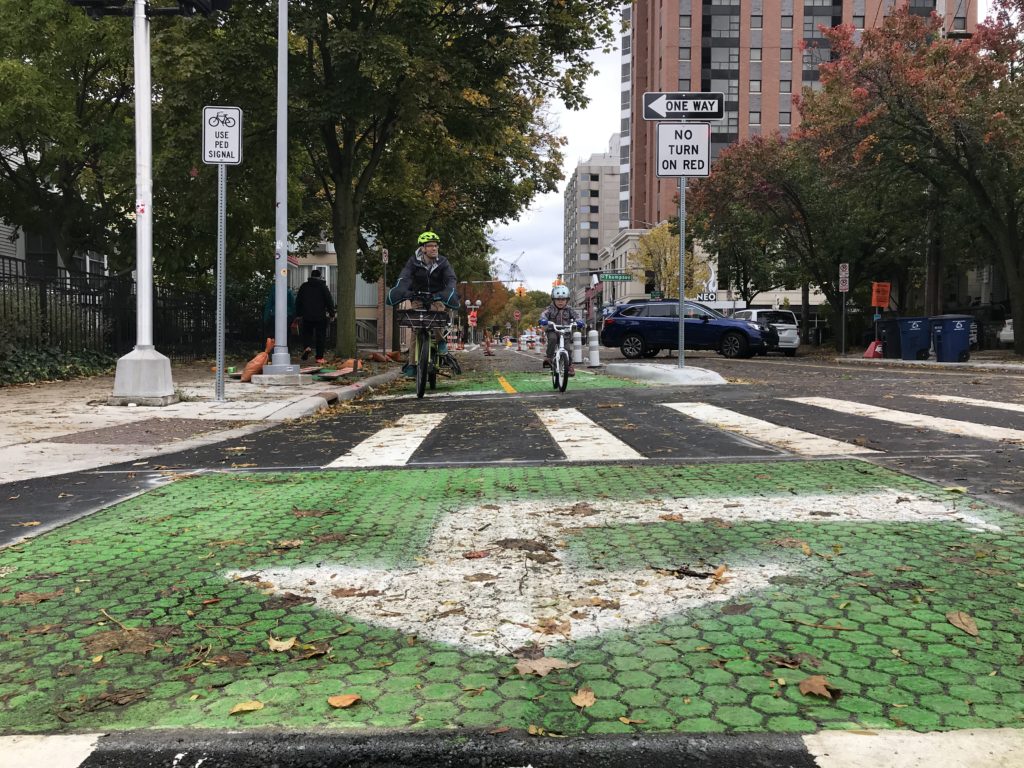You know how new businesses frame the first dollar they earn?
I wrote an R package that interfaces with the SurveyMonkey API. I worked hard on it, on and off the clock, and it has a few subtle features of which I’m quite proud. It’s paying off, as my colleagues at TNTP have been using it to fetch and analyze their survey results.
The company and I open-sourced the project, deciding that if we have already invested the work, others might as well benefit. And maybe some indirect benefits will accrue to the company as a result. I made the package repository public, advertised it in a few places, then waited. Like a new store opening its doors and waiting for that first customer.
They showed up on Friday! With the project’s first GitHub star and a bug report that was good enough for me to quickly patch the problem. Others may have already been quietly using the package, but this was the first confirmed proof of use. It’s a great feeling as an open-source developer wondering, “I built it: will they come?”
Consider this blog post to be me framing that dollar.

